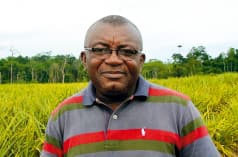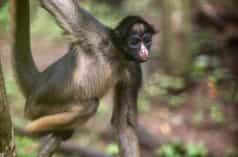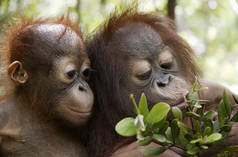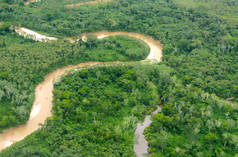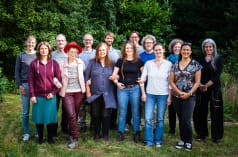UN report: indigenous people are the best forest guardians
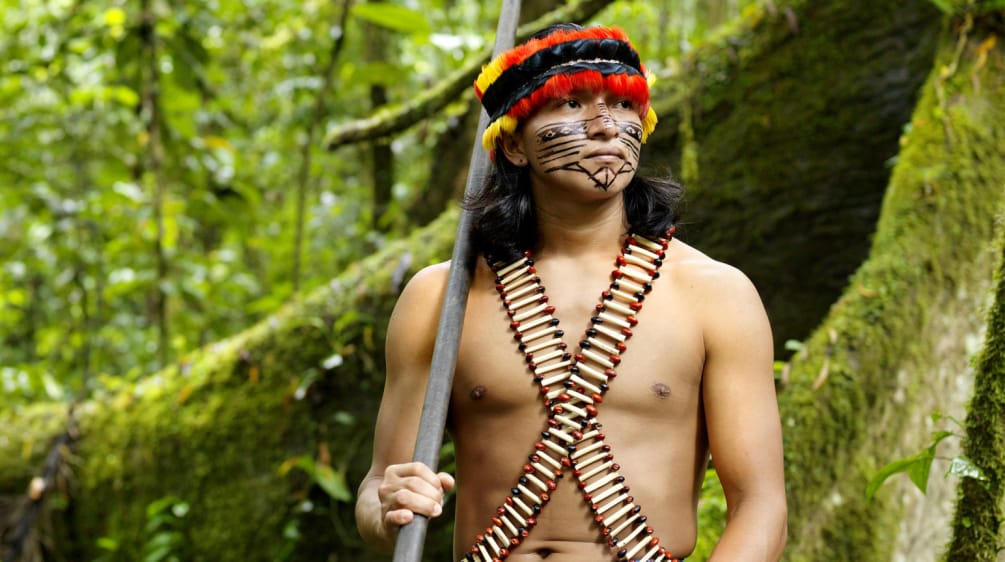 826 indigenous peoples live in Latin America and the Caribbean, 305 of them in Brazil (© COICA.ORG)
826 indigenous peoples live in Latin America and the Caribbean, 305 of them in Brazil (© COICA.ORG)
Mar 31, 2021
A new United Nations report concludes that deforestation rates are significantly lower in areas where indigenous peoples live and bear responsibility for their forests. Safeguarding and strengthening the rights of indigenous peoples is thus vital to preserving forests and biodiversity and fighting climate change.
Indigenous communities must be given the highest priority as stewards of the forest, according to the UN report Forest Governance by Indigenous and Tribal Peoples. When forests are managed by governments, companies or private individuals, their state of conservation is far worse and deforestation rates are higher.
In the Amazon, 45 percent of the intact forests are in indigenous territories. Around 4.9 percent of the forests there disappeared between 2000 and 2016. Outside of these areas, however, the loss was 11.2 percent. If it were not for the forest management of the indigenous people, the climate of the Amazon could soon reach a tipping point at which the remaining rainforest would irreversibly degrade to savanna.
“For indigenous people it’s a spiritual space. It provides food and medicine. It’s a place where you build relationships, not only among people, but with the river, the water, with different species,” explains Myrna Cunningham Kain, president of the Fund for the Development of the Indigenous Peoples of Latin America and the Caribbean (FILAC).
Cultural factors and traditional knowledge are among the reasons why indigenous people are the best rainforest guardians. The authors of the report emphasize that “this is an empirical finding, based on data, not a naïve ideological or romantic notion”. Indigenous cultural knowledge, traditions and languages must therefore be revitalized and promoted. Women and the dialog between the generations have a special role to play here.
Collective and secured land rights, which are granted and safeguarded by the state and protect against land grabbing and incursions by loggers and farmers are also key. Lack of recognition is a problem: Indigenous peoples physically occupy 404 million hectares in Latin America and the Caribbean – of that area, 303 million hectares are forest, including 173 million hectares classified as “intact forest”. Yet only 269 million hectares have been formally recognized as indigenous territories.
Land rights alone do not prevent violent conflicts if governments do little to ensure respect for those rights. A factor contributing to conflicts is the fact that land titles are often limited to the surface, while subsoil rights belong to the state. Thus, concessions for oil extraction or mining are granted even in indigenous territories.
Further elements are payments for forest protection, community forest management, participation rights, self-administration and strong indigenous organizations from the local level upward.
The report comes at a time when many indigenous peoples are struggling for survival in the face of the Covid pandemic and the policies of President Jair Bolsonaro in Brazil. Deforestation in Brazil's indigenous territories skyrocketed by 150 percent between 2016 and 2018. Pressure on indigenous territories is also increasing in other countries.
For the report, which was produced by the UN Food and Agriculture Organization (FAO) and FILAC, experts evaluated more than 300 studies from the past 20 years. The term “Tribal Peoples” includes Afro-descendant peoples who have a similar way of life to indigenous peoples and are marginalized in the same way.
